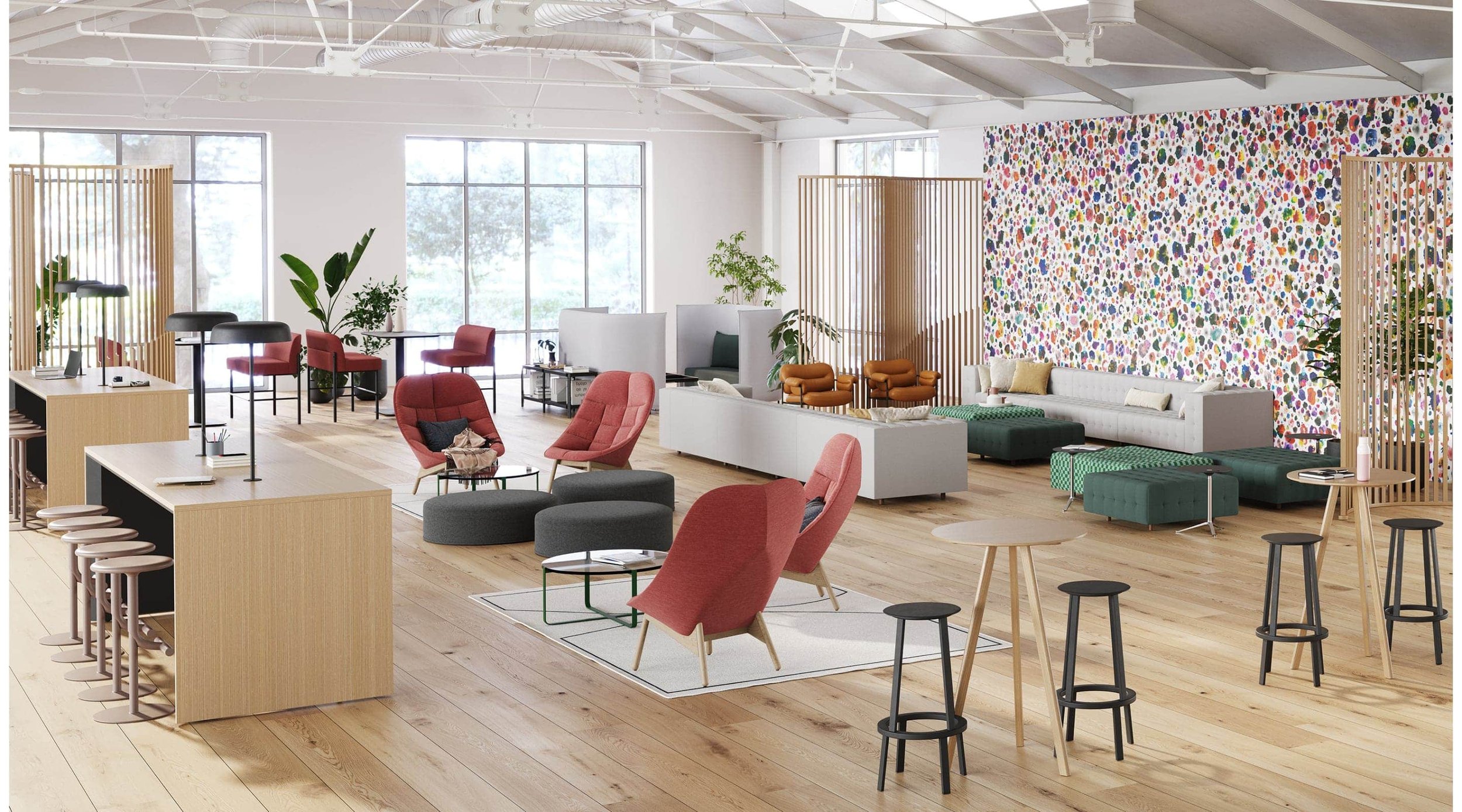Designing for Differences
In Spring of 2020 the world turned upside down, and our response as a society was to “lift” our work and “shift” it home. We quickly found out that this process did not work for everyone, because one size never really fits all. The pandemic taught us that we needed to self-reflect, evaluate what works and what doesn’t, and move forward with intention.
We now find ourselves in 2022. Welcome to Prototyping Culture! It’s an exciting time to be an individual. Mental health awareness, empathy, and neurodiversity have entered the workplace, and these drivers of change are leading to an increase in productivity, and qualitative work over quantitative work.
A flexible workplace used to mean “physically reconfigurable”. Now we think of flexibility in terms of how a space can adapt to support a variety of user’s needs, mental and physical, as those needs continuously change.
People are happiest and most productive when they feel in control of their own lives. Therefore, many people have enjoyed working from home, despite having a hectic home life. By designing for differences in the workplace, with a variety of spaces and types of environments, we can give end users control over their lives in the office too, while continuing to foster community and personal growth.
Herman Miller’s research on “The Future of Work” outlines solutions for a variety of work environments to make the office a desired destination for employees newly empowered to work anywhere.


